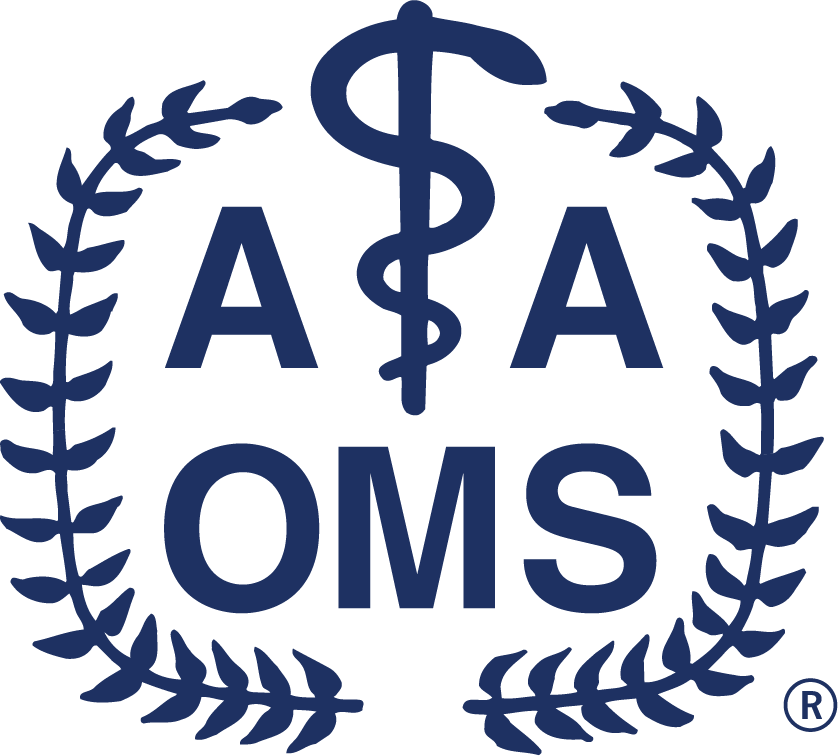Disclaimer: AAOMS offers the OBEAM didactic curriculum to support simulation equivalency training programs that lack didactic instruction. AAOMS members must complete both the didactic instruction and an AAOMS-recognized hands-on simulation equivalency course for membership. Participants registering for AAOMS's OBEAM module should not purchase this separate didactic curriculum, as it is already integrated into the AAOMS program.
Learning Objectives
At the conclusion of this program, participants should be able to:
- Review concepts and skills to obtain an understanding of sedation monitoring, supplemental oxygen techniques, techniques for opening an airway, bag mask ventilation using one- and two-person technique, proper laryngeal mask airway insertion technique and proper Airtaq insertion technique.
- Demonstrate mastery of bag mask ventilation using one- and two-person techniques for both normal and difficult simulated ventilation situations, laryngeal mask airway insertion using proper technique and Airtraq insertion using proper technique.
An Internet-based CDE/CME Activity
Original Release Date: July 9, 2025
Estimated time to complete this educational activity: 4.0 hours
Method of participation: Self-Study
Committee on Anesthesia (CAN)
American Association of Oral and Maxillofacial Surgeons
The committee reviews issues relative to anesthesia, including anesthesia updates, programs and simulation, and recommends action by the Association on matters pertaining to pain and anxiety control. The Committee on Anesthesia is appointed by the AAOMS Board of Trustees.
Disclosure(s): Please see Faculty and Planner Disclosures under the Contents tab for a complete list of disclosures.
Continuing Education Provider Approval
The American Association of Oral and Maxillofacial Surgeons is an ADA CERP Recognized Provider.
ADA CERP is a service of the American Dental Association to assist dental professionals in identifying quality providers of continuing dental education.
ADA CERP does not approve or endorse individual courses or instructors, nor does it imply acceptance of credit hours by boards of dentistry.
The American Association of Oral and Maxillofacial Surgeons designates this activity for 4.0 continuing education credit(s).
AGD - Accepted Program Provider
FAGD/MAGD Credit
11/1/22-12/31/26
Provider ID# 214680
The American Association of Oral and Maxillofacial Surgeons (AAOMS) is accredited by the Accreditation Council for Continuing Medical Education (ACCME) to provide continuing medical education for physicians.
The American Association of Oral and Maxillofacial Surgeons designates this internet-based enduring material for a maximum of 4.0 AMA PRA Category 1 Credit(s)™. Physicians should claim only the credit commensurate with the extent of their participation in the activity.
Key:

Complete

Next

Failed

Available

Locked
Faculty and Planner Disclosure
Part 1: Airway Management Concepts
Preprocedural Preparation with Regards to Airway Management
Part 2: Airway Management Skills
Supplemental O2 Techniques
Laryngeal Mask Ventilation (LMA Unique)
Part 3: Self-Paced Sedation Monitor Review
SpO2 Strengths - Values and Tones
Open to view video.
Open to view video.
The other main strength of pulse oximetry is the tones and values alert the care giver of the changes in oxygenation level.
SpO2 Strengths - Normal vs. Abnormal Cardiac Rhythms
Open to view video.
Open to view video.
Another strength of pulse oximetry is it can help alert the care giver to normal vs. abnormal cardiac rhythms.
SpO2 vs. PaO2
Open to view video.
Open to view video.
For pulse oximetry to be useful, you must know what the SpO2 values mean clinically.
SpO2 vs. PaO2 Question #1
Open to view video.
Open to view video.
What is the value of PaO2 when SpO2 = 100%?
SpO2 vs. PaO2 Question #2
Open to view video.
Open to view video.
What is the value of PaO2 when SpO2 = 90%?
SpO2 vs. PaO2 Question #3
Steep Decline Question
Open to view video.
Open to view video.
What is the critical SpO2 value that marks the start of the steep decline in an adult?
SpO2 Weaknesses #1
Open to view video.
Open to view video.
While pulse oximetry is good for monitoring oxygenation, it is not a reliable indicator for hypoventilation.
SpO2 Weaknesses #2
Open to view video.
Open to view video.
In this case, the recent onset of apnea is not reflected by the SpO2.
SpO2 Weaknesses #3
Open to view video.
Open to view video.
In this case, the recent onset of apnea is not reflected by the SpO2.
Particularly in the setting of supplemental O2, it may be several minutes (4-10) for the SpO2 to drop after onset of apnea.
SpO2 Monitor Take Home Points
EtCO2 Strengths #1
Open to view video.
Open to view video.
The key strength of capnography in conjunction with nasal cannula or N2O nose mask is the ability to measure respiratory rate.
EtCO2 Strengths #2
Open to view video.
Open to view video.
Because capnography is good for measuring respiratory rate, it is a good indicator for hypoventilation in the situation of a low respiratory rate and high EtCO2.
EtCO2 Strengths #3
Open to view video.
Open to view video.
While there is typically a delay of a few seconds, capnography, in terms of respiratory rate, is sensitive.
EtCO2 Strengths #4
Open to view video.
Open to view video.
While there is typically a delay of a few seconds, capnography, in terms of respiratory rate, is sensitive.
Therefore, capnography will alert one to apnea much faster than a pulse oximeter (by several minutes, typically)
EtCO2 Strengths #5
Open to view video.
Open to view video.
The pattern of the capnography waveform may also be valuable in denoting partial airway obstruction.
EtCO2 Weaknesses #1
Open to view video.
Open to view video.
Capnography values when used in a "non-closed system", particularly with a nasal cannula, can be inaccurate and falsely low secondary to mixing.
This is not true for respiratory rate, which tends to be accurate
EtCO2 Weaknesses #2
Open to view video.
Open to view video.
- Capnography values when used in a "non-closed system", particularly with a nasal cannula, can be inaccurate and falsely low secondary to mixing.
- This is not true for respiratory rate, which tends to be accurate.
Therefore, the key value to monitor when using capnography in an open system is the respiratory rate and it is important to set age range specific alarm values (adult alarm <10 breaths/minute, etc.)
EtCO2 Monitor Take Home Points
Sedation Monitor Review Conclusion
Self-Paced Sedation Monitor Review
10 Questions | Unlimited attempts | 0/14 points to pass
10 Questions | Unlimited attempts | 0/14 points to pass
Quiz
15 Questions | Unlimited attempts | 12/15 points to pass
15 Questions | Unlimited attempts | 12/15 points to pass
Certificate
4.00 CDE/CME credits | Certificate available
4.00 CDE/CME credits | Certificate available
| Access Date |
Quiz Result |
Score |
Actions |




